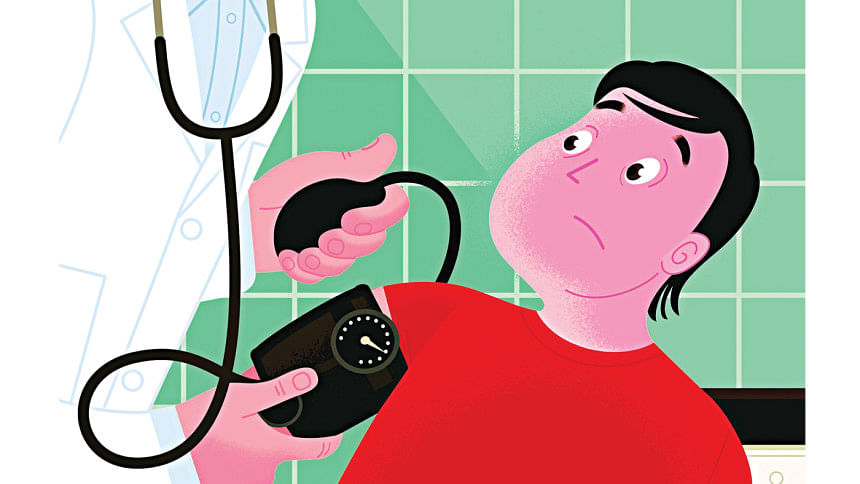Hypertension even children are not immune

Hypertension (HTN) is a leading global risk factor for death and disability, posing a serious and persistent public health threat. In the South-East Asia Region alone, more than 294 million people live with hypertension. Key risk factors include excessive salt intake, tobacco and alcohol use, unhealthy diets, lack of physical activity, stress, and air pollution.
The disease remains a major contributor to premature deaths caused by heart attacks and strokes. Alarmingly, many individuals remain unaware of their condition. Among hypertensive adults, half do not know they have it, and nearly one in six fail to maintain adequate blood pressure control. Unchecked, hypertension can lead to heart attacks, strokes, kidney failure, and early death.
Although hypertension is often considered an adult condition, children are not immune. Paediatric hypertension can be primary (essential) or secondary. Primary HTN, now the most common form in children, is often genetically influenced. Secondary HTN may result from identifiable causes such as kidney disease (accounting for 50–60% of cases), congenital heart disease, hormonal disorders, or side effects of medications like steroids.
Older children may develop HTN due to lifestyle factors similar to adults, such as being overweight, having a poor diet, and being physically inactive. Paediatric HTN often goes undiagnosed but has serious long-term implications for heart and kidney health.
According to the American Academy of Paediatrics (AAP), blood pressure should be measured annually in children aged 3 years or older and at every medical visit for high-risk children. Risk factors include premature birth, low birth weight, congenital heart conditions, recurrent urinary tract infections, and a family history of kidney disease.
Lifestyle modification is the cornerstone of managing paediatric hypertension, especially in children with primary HTN or obesity. Key recommendations include maintaining a healthy weight, engaging in daily aerobic exercise, minimising sedentary screen time to under two hours per day, and adopting a diet rich in fresh vegetables, fruits, and low-fat dairy. Children should avoid sugary drinks, foods high in salt, and opt for low-cholesterol meal options.
For asymptomatic children in the early stages of hypertension, a 3–6 month trial of lifestyle changes and weight loss is recommended before considering medication. Antihypertensive therapy is introduced if lifestyle changes fail to normalise blood pressure.
Policymakers must also step in to protect children from lifestyle-related risks. Countries like Denmark, Poland, Saudi Arabia, and Thailand have banned trans fats in the food supply. Others, including the US, Canada, and EU nations, have introduced nutrition labelling and calorie displays on fast foods to help young consumers make healthier choices.
With strong political will, community involvement, and practical interventions, the burden of hypertension can be reduced. This supports the global goal to cut premature mortality from non-communicable diseases by one-third by 2030.
World Hypertension Day, observed annually on May 17, plays a critical role in raising awareness. This year, its 20th anniversary, is marked with the theme: "Measure Your Blood Pressure Accurately, Control It, Live Longer!"
The writers are the assistant professors of neonatology at the Institute of Child & Mother Health (ICMH), Matuail, Dhaka. Email: [email protected], [email protected]

 For all latest news, follow The Daily Star's Google News channel.
For all latest news, follow The Daily Star's Google News channel. 



Comments